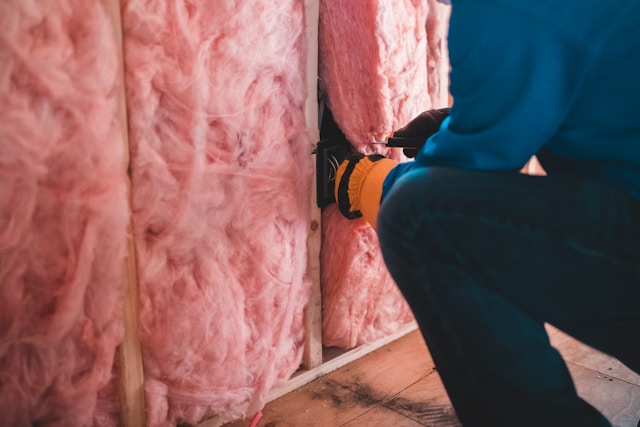Modern Insulation Techniques: Engineering Energy-Efficient Building Envelopes

In contemporary construction, insulation systems have transformed from basic thermal barriers to sophisticated building envelope solutions. From traditional fiberglass batts to aerogel-infused materials, modern insulation technologies combine thermal performance with air sealing capabilities for optimal energy conservation.
The fundamentals of effective insulation installation rely on continuous thermal breaks, proper vapor barrier placement, and airtight sealing. These critical factors prevent thermal bridging while maintaining indoor air quality and moisture control.
Building Envelope Dynamics
Modern insulation engineering requires understanding of R-value calculations and air permeability rates. Advanced techniques include blown-in cellulose with fire retardants, structural insulated panels (SIPs), and hybrid systems combining rigid foam with reflective radiant barriers.
"Proper insulation isn't just about thickness - it's about creating a continuous thermal boundary that adapts to a building's breathing points."— Dr. Allison Green, Building Science Expert
Innovative Thermal Solutions
The industry now offers vacuum-insulated panels (VIPs), phase-change materials (PCMs), and smart insulation with embedded moisture sensors. Recent advancements include aerogel blankets for space-constrained areas and bio-based foams made from agricultural byproducts.
Essential Insulation Components
- Closed-cell spray polyurethane foam
- Radiant barrier sheathing
- Vapor-permeable housewrap
- Thermal break gaskets
Future trends include dynamic insulation adapting to temperature changes, photovoltaic-integrated insulation panels, and self-healing sealants. This blog explores how nanotechnology and smart materials are revolutionizing building envelope performance for net-zero energy structures.